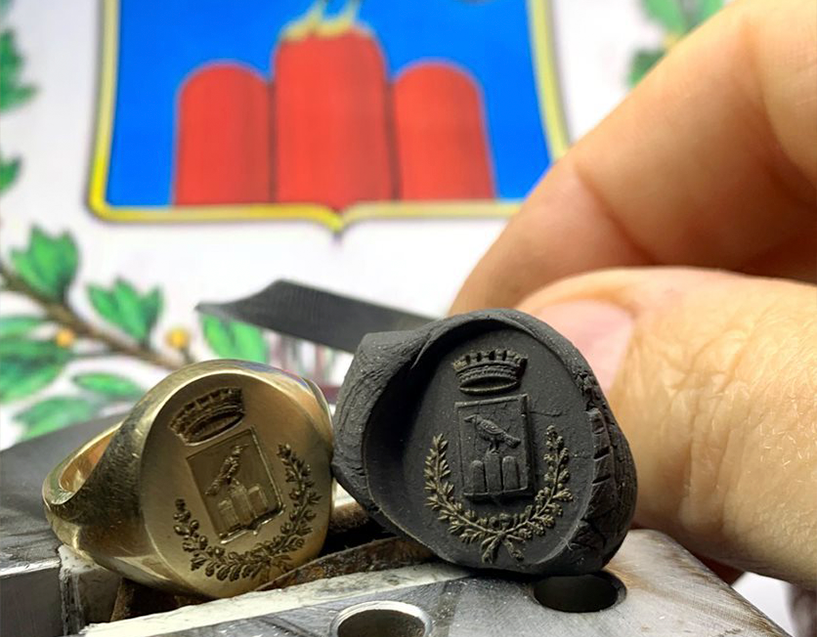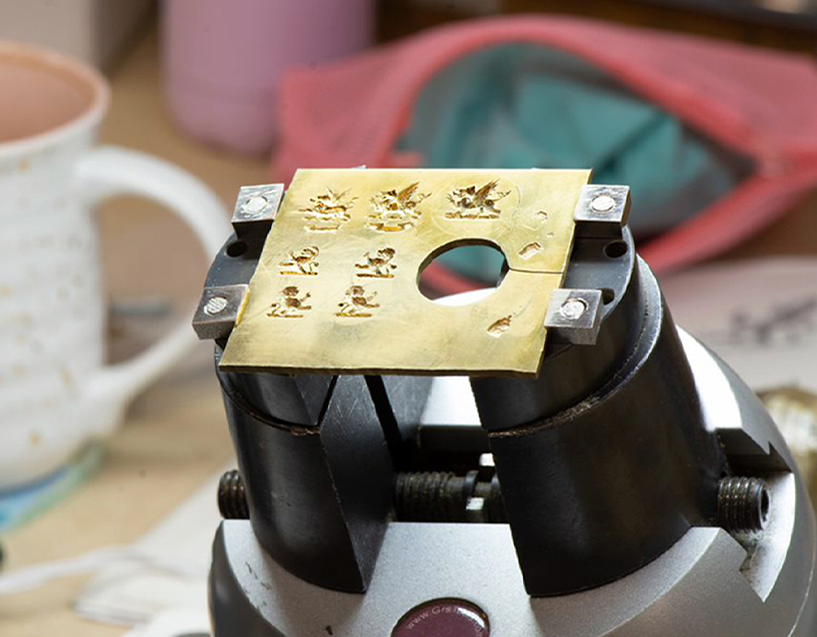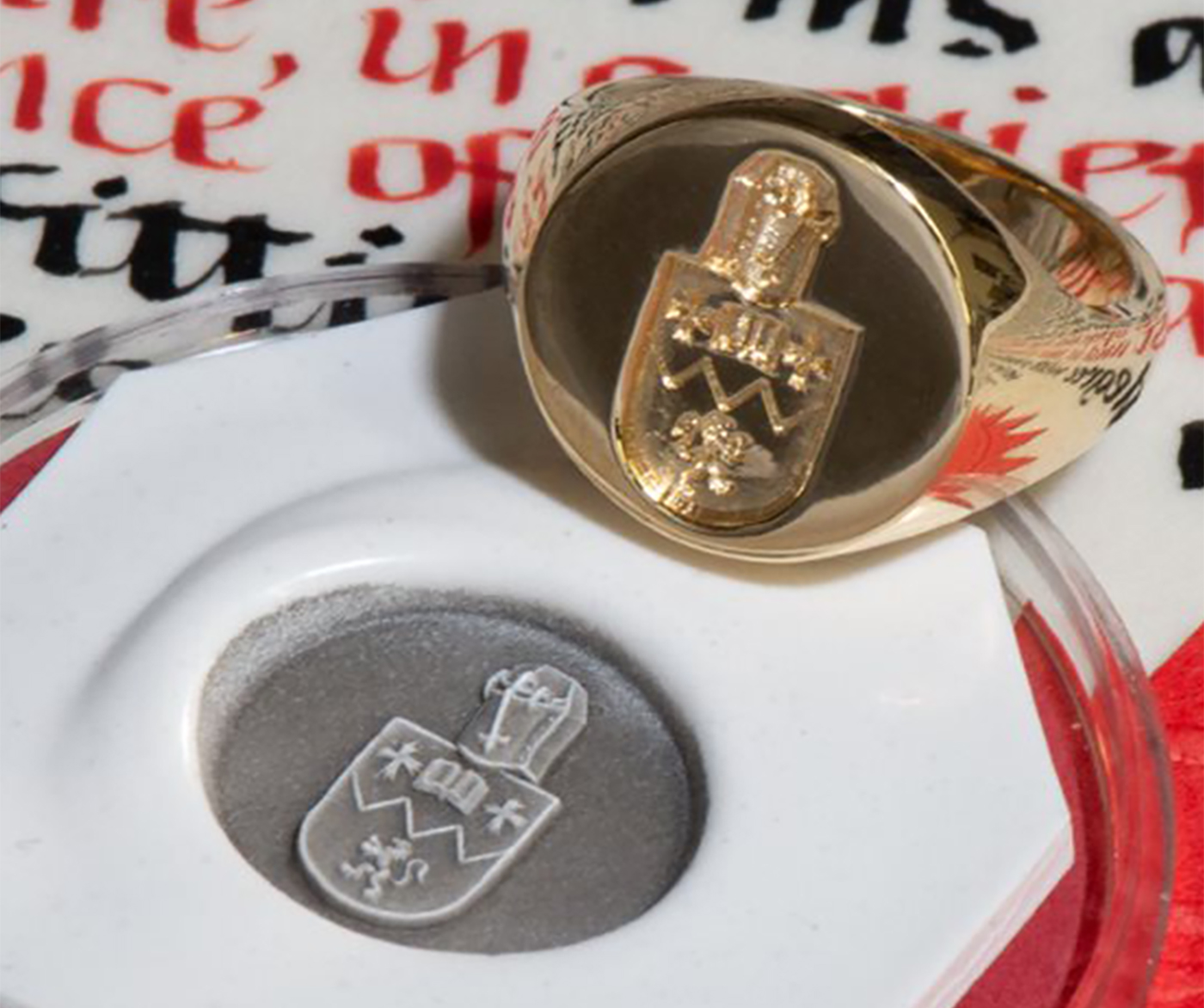Come with us as we uncover the history of heraldry, from symbols used by Ancient Greek warriors, through to the early medieval traditions of noble families, and through to the coats of arms borne by latter-day royals like Queen Elizabeth II.
What is the history behind heraldry?
For thousands of years, heraldry was a means of distinguishing warring armies, with symbols and markings identifying allegiance, ancestry, and rank. Both the Ancient Greeks and Romans favoured animal or mythical symbolism; for example, Athenians were represented by an owl, Thebans with a sphinx, and one Roman legion posted in Wales was even depicted by a mythical Welsh dragon. However, it wasn't until the 14th Century that it became more recognisable in its current form, passing down from generation to generation among noble families.
With battles raging between warring factions and kingdoms in early medieval Europe, there was a greater need for military insignia to identify the enemy in battle. Armour was increasingly popular, and heraldic symbols became necessary for a herald (an expert in the art of blazonry), to identify friend from foe now that faces and body were concealed.
As this practice grew in popularity, rules needed to be imposed to differentiate between similar symbols, and to accommodate for marriages and the acquisition of lands, and so in 1484 the College of Arms was founded. Acting as the official heraldic authority in the UK, the College of Arms is responsible for creating, issuing, and recording coats of arms, and continues to operate today.
The College of Arms would decree rules that heraldry was hereditary, passed down through surnames not individuals, and only through the male line. Female descendants are entitled to use familial coats of arms but unless specified in a special decree by the monarch, their children cannot. This coat of arms is known as a lozenge, and can most famously be seen in those awarded to the father of Kate Middleton upon her marriage to Prince William, which means that the Duchess of Cambridge can now bear the Middleton coat of arms.


What is a coat of arms?
The coat of arms emerged as a heraldic motif, a descendent of those shields adorned with heraldry in early medieval times. From the 17th century onwards, heraldry began to take on a more personal form, and today the escutcheon (shield) is a unique representation of a family or surname, and can include other symbols designating rank, appointment, or royal orders.
For example, the United Kingdom Royal Coat of Arms as held by Queen Elizabeth II, has an escutcheon divided into four quarters to represent the kingdoms of the UK:
England and Wales are represented by three golden lions, a design from the late 12th Century (Wales’ insignia was merged with England under the rule of Henry VIII).
Scotland is depicted with a lion rampant, a design adopted by King William the Lion, to symbolise strength and courage.
Ireland is represented with a Celtic harp. Upon her ascension to the throne in 1952, the Queen adapted the Tudor design that depicted the pillar of the harp as a naked winged woman, to a more traditional one.


Designing your own heraldry
Once reserved for nobility, many now create their own ‘unofficial’ coat of arms outside the jurisdiction of the College of Arms, incorporating their own personal and familial symbols. Why not explore our Crest & Monogram search? To begin the process of designing a bespoke Rebus signet ring engraved with your very own custom coat of arms, please email info@rebussignetrings.co.uk or book an appointment at our Hatton Garden workshop or via Zoom.

